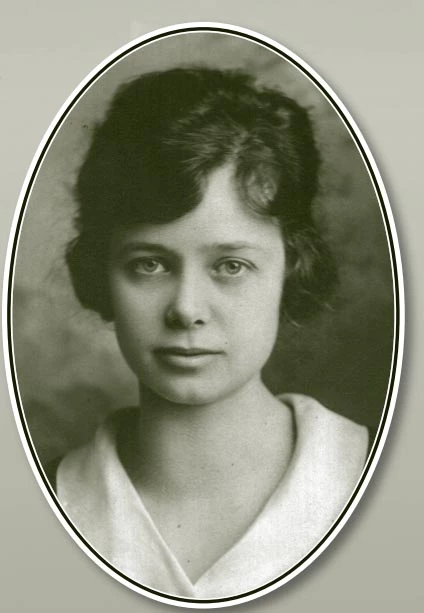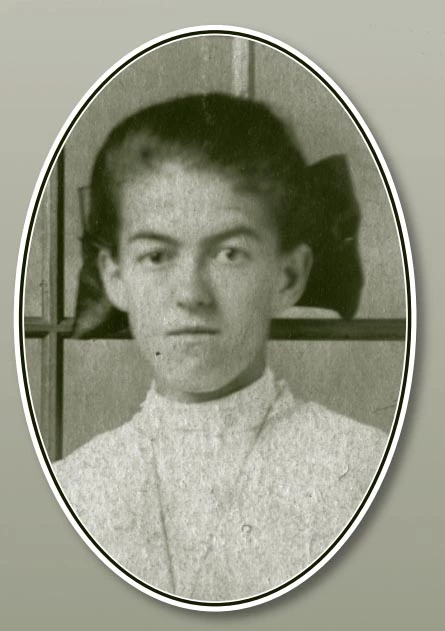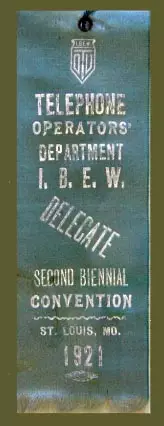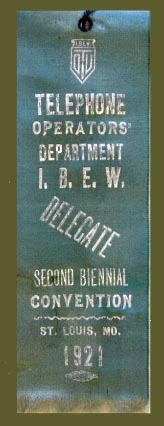Demand for Communication Services Increased
Telephone operators were first employed in 1874, when Bloomington business lines were installed. As the technology improved and expanded into private homes, the need for operators grew.Featuring:Marguerite (1896-1958) and Geraldine “Gerry” McKeon (1895-1975), telephone operatorsMarguerite (1896-1958) and Geraldine “Gerry” McKeon (1895-1975) emigrated from Canada to the United States with their parents in 1910. At the age of 17, Marguerite got her first job working as an operator at Bloomington’s Kinloch Telephone Company. Her younger sister Gerry started at the phone company in 1915.
As operators Marguerite and Gerry used switches and cords to connect incoming calls. Their headsets and transmitters left their hands free to flip the necessary switches, select the appropriate line, and insert it into the correct circuits in order to connect the customer.
Gerry, Marguerite, and other female workers at the phone company struggled against gender stereotypes that limited their ability to get pay raises and improve working conditions — despite being members of the International Brotherhood of Electrical Workers (IBEW).
In 1918 Marguerite, Gladys Gibb, Frances Auth, Celia Kelly, and Bernadine Livings organized the Telephone Operators Department (TOD) 78-A of the IBEW.
Telephone operator’s headset, telephone switchboard, circa 1930
View this object in Matterport
Rows of switchboards, similar to this one, were part of the system used by the Kinloch Telephone Company, established in 1907. The head set was used by Gerry when she worked as a Kinloch operator.
Donated by: Elaine Vincent, Frieda Speers
2016.38.20, 878.731
TOD 78-A gavel, circa 1935
Gerry made a career with the telephone company and became a key figure in the union. Gerry was elected president of the TOD 78-A, a position she held until 1946. During that time she used this gavel to run meetings and wore her TOD 78-A IBEW ribbon with pride.
Donated by: Elaine Vincent
2016.38.12
Their union, the first telephone operators local in Illinois, was totally run by women. With 100 percent membership, they had the strength to make substantial gains for working women, including contracts for improved wages and working conditions.
That same year members of 78-A demonstrated their devotion to union concerns when they joined the Bloomington-Normal Trades and Labor Assembly (TLA), a union composed of all trade unions in the area. Marguerite quickly rose in the ranks. When she left Kinloch in 1921 to get married, she was chief operator.
Gerry worked for local phone companies until she retired in 1964.
“Join the Women’s Trade Union League” pin, WTUL delegate badge, WTUL delegate badge, circa 1958
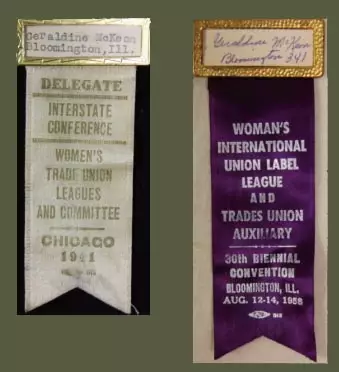
Gerry was a strong advocate for working women and encouraged them to join the Women’s Trade Union League (WTUL). She represented these women at state, national, and international meetings for 30 years as their elected delegate.
Courtesy of: Elaine Vincent
2016.38.14, 7, 10
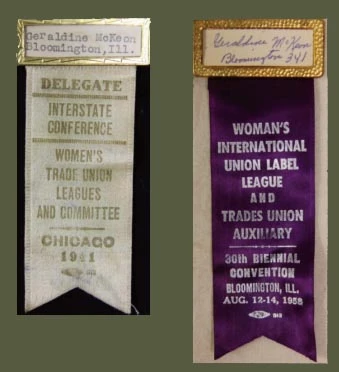
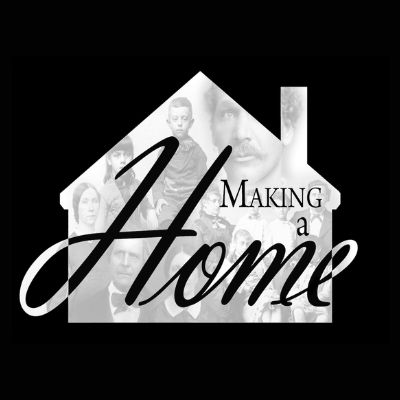 Making a Home
Making a Home
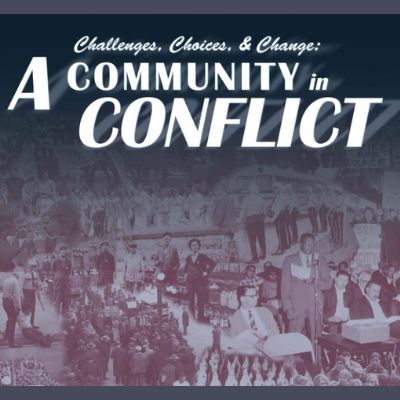 A Community in Conflict
A Community in Conflict
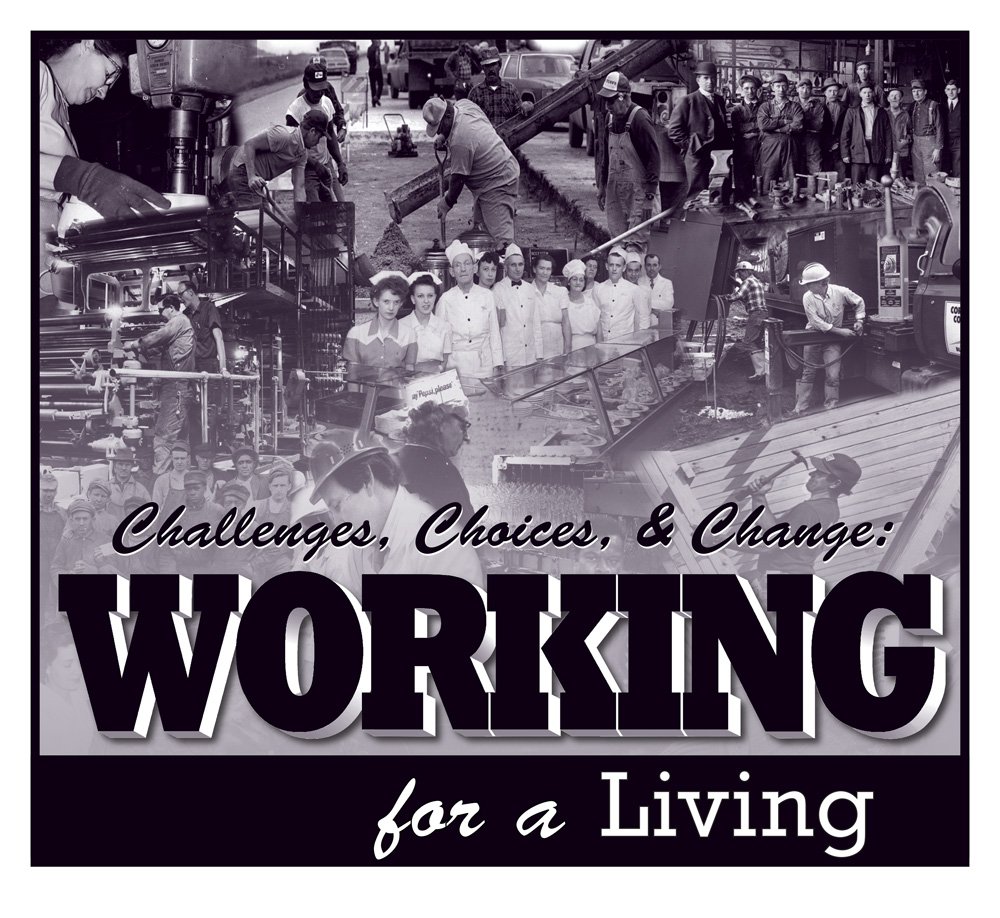 Working for a Living
Working for a Living
 Farming in the Great Corn Belt
Farming in the Great Corn Belt
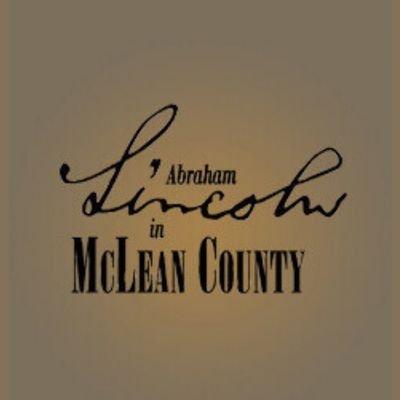 Abraham Lincoln in McLean County
Abraham Lincoln in McLean County

